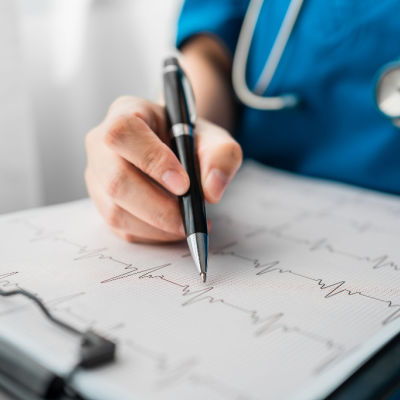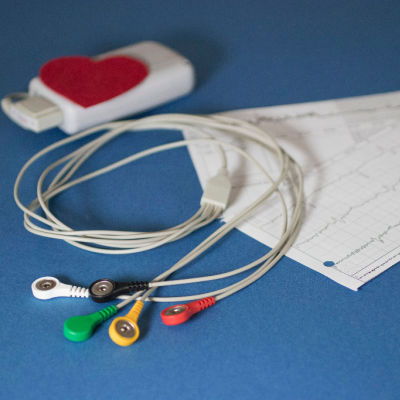Heart Disease And Ways To Prevent It
Heart disease is a group of conditions that affect the structure or function of your heart. It can include high blood pressure, heart failure, clots in your arteries and other issues. The most common type of heart disease is coronary artery disease (CAD). This occurs when the arteries that supply your heart with oxygen-rich blood become clogged with fatty deposits, called plaques. When these fatty plaques become unstable, they can crack and rupture, causing blood clots to form, which can block an artery and cause a heart attack or stroke.
High Blood Pressure
High blood pressure is a common and dangerous problem as it can cause serious health problems including heart disease, stroke, and kidney failure. When blood pressure is too high, it can damage arteries and other blood vessels, preventing the flow of oxygen and nutrients to the organs, tissues, and cells of your body. The good news is that many of the things that contribute to high blood pressure can be controlled through healthy lifestyle changes such as eating a heart-healthy diet, getting regular physical activity, and reducing stress.
Smoking
The chemicals in cigarettes damage the heart and blood vessels, increasing the risk of diseases such as atherosclerosis (plaque buildup in the arteries), stroke, heart attack and peripheral arterial disease. Carbon monoxide in cigarette smoke also reduces the amount of oxygen that can reach your body, increasing the risk of heart disease and lung cancer. Getting help to stop smoking is the best way to prevent heart disease and other health problems. Quitting tobacco immediately cuts the risk of heart attack, stroke, and lung cancer. After one year, the risk of these diseases is about half that of a smoker; within 5 years, the risks are almost as low as non-smokers.
Physical Activity
Getting enough physical activity is one of the best things you can do to help prevent heart disease. Regular exercise is good for you in many ways, including improving your health and mood, helping to maintain a healthy weight, and reducing your risk of high blood pressure and high cholesterol. A new study shows that men who are active have a much lower risk of coronary heart disease than men who don’t. It also found that walking can cut the risk of death from heart disease by up to 50 percent! – www.ncbi.nlm.nih.gov




